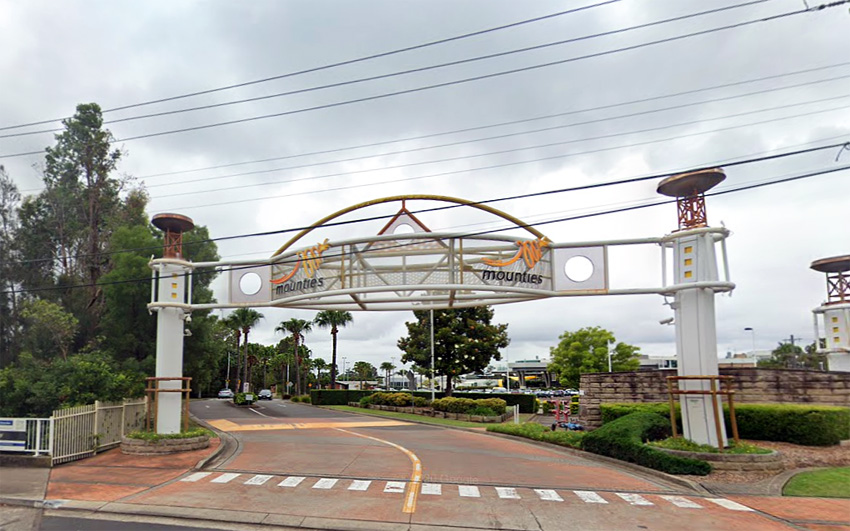NSW budget papers have sparked criticism of the tax concessions provided to licensed clubs with gaming, particularly as it’s revealed the top five per cent of clubs enjoyed 50 per cent of the benefits.
In a possible shake-up of the tax rates provided to clubs, the government is reviewing taxation policies as it investigates the ClubGRANTS program.
Forecast revenue from gaming venues for the next four years was recently revised up by around $360 million, due to increased activity in the sector. It is expected to reach a total of $3.5 billion in FY24, according to budget papers handed down last week.
The release outlined an unprecedented analysis demonstrating that in FY23 the most profitable five per cent of NSW clubs were granted $964 million in tax concessions, although this is expected to fall to around $500 million for FY25.
Former Treasury official and author Betty Con Walker penned Casino Clubs NSW in 2009, which detailed government policies leading to the creation of so-called mega-clubs. She suggests the value of the tax concession now exceeds tax collected from clubs, and declares the industry is dominated by “casino-sized clubs, unrecognisable from the original mutual clubs”.
The tax concessions were originally intended to honour the status of clubs as ‘mutuals’ – being small operations run by volunteers to benefit the community.
Clubs do not pay tax on gambling profits until they exceed $1 million, and the highest possible tax rate for clubs is 28.4 per cent, paid on gambling profits over $20 million.
Conversely, pubs pay tax on gambling profits after $200,000 and pay 50 per cent tax on profits from EGMs beyond $5 million.
While the upper echelon enjoyed around $485 million in concessions, the next 30 per cent of the funds went to the next 15 per cent of clubs, leaving 80 per cent of venues to share the final 20 per cent.

Separately, under the ClubGRANTS scheme, clubs can also get a tax rebate when a proportion of gambling profits is allocated to community initiatives. Independent MP Alex Greenwich has described the scheme as a “dodgy” regulation.
The ClubGRANTS scheme was established in 1998 under the Gaming Machine Tax Act 2001. The “objective of the Scheme” is to ensure larger registered clubs in NSW, with gaming machine profits over $1 million, contribute a portion of these profits to support local community services, programs and projects.
It specifies three categories, based in specific community welfare and social services, other community development and support services, and arts and culture, community facilities, disaster readiness and sport and recreation.
Liquor & Gaming report Category 1 and 2 grants combined amount to around $100 million per year, while Category 3 grants total around $12.5 million annually.
Pundits argue that the vast tax concessions might otherwise have been spent on public infrastructure, such as hospitals, schools and transport.
L&G is leading a review of the scheme in consultation with the Cabinet Office and NSW Treasury, separately but concurrently with the cashless gaming trials.
A statement from peak industry body ClubsNSW specified that since The Star casino was granted its most recent tax break, 40 clubs in NSW have a higher tax rate than it. But the association also stresses that unlike the casinos, clubs are owned by their communities, and profits are returned to the community or used toward better facilities.
The top-ranking club in the state, Mt Pritchard & District Community Club (trading as Mounties), defended its input, stating it is one of the state’s largest contributors in gambling taxation, and echoed the ClubsNSW sentiment about “profits being reinvested into the local community as opposed to shareholders, proprietors or foreign-owned entities”.
The NSW government says it is “committed to restoring integrity and public trust in government grants” – including the embedding of legal protections to ensure “the key principles of transparency, accountability and probity”.
NSW Treasurer Daniel Mookhey offered no further comment on the budget analysis, while L&G NSW is coordinating its findings.
“It is anticipated the review of the Clubgrants scheme will be finalised by the end of the year so that any recommendations can be considered alongside the roadmap for gaming reform due to be delivered to Government by the Independent Panel on Gaming Reform by November 2024,” a spokesperson told ClubTIC.
According to the regulator, the Top10 clubs in the state (FY24 H2) by profit were: Mt Pritchard (Mounties) in Mt Pritchard, Dooleys Lidcombe, Cabra-Vale Ex-Active Serviceman’s Club, Triglav Mounties Group (St Johns Park), Campsie RSL, Country Club Gledswood Hills, Wentworthville Leagues Club, Club Burwood, Austral Bowling Club, and Castle Hill RSL.

